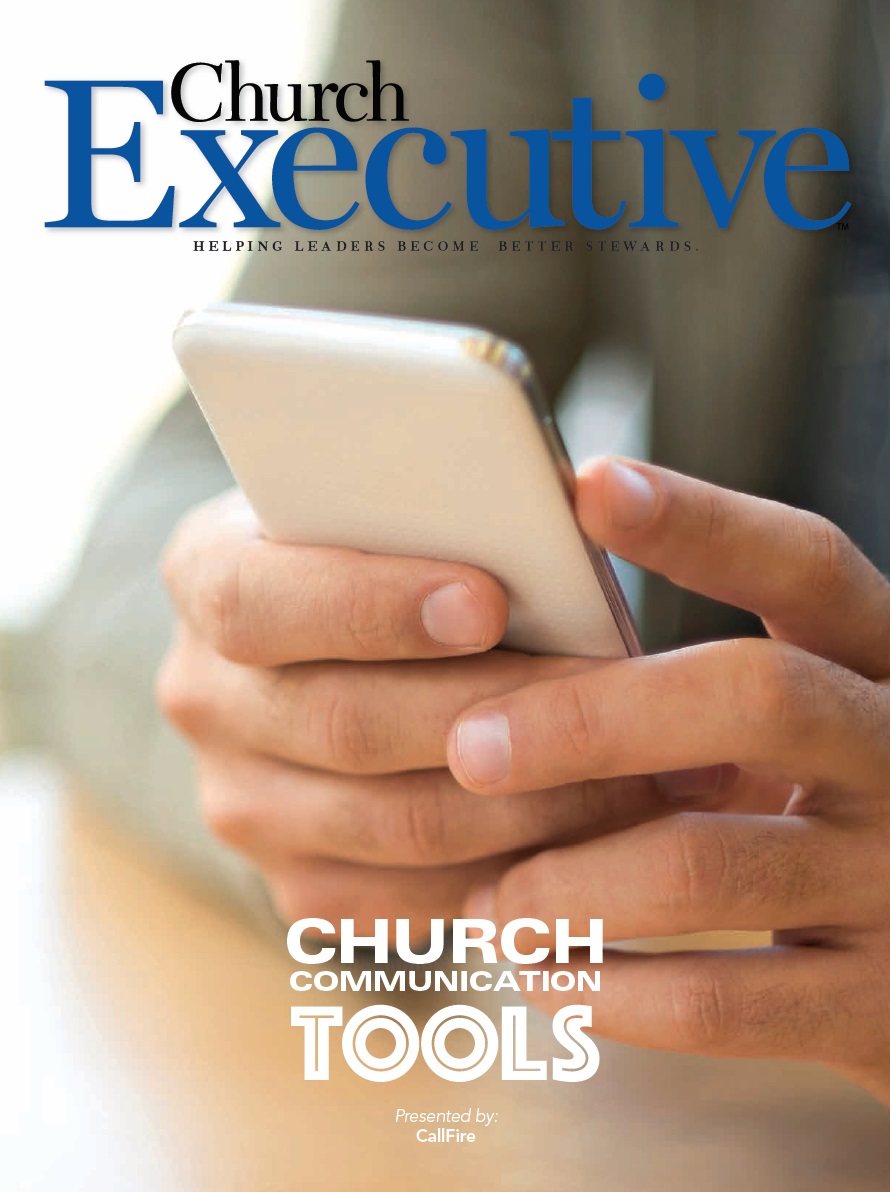By Brooke Temple
 Did you know that everyone with a mobile phone — even if it’s not a smart phone — has access to SMS (text) messaging? And, virtually everyone knows how to use it.
Did you know that everyone with a mobile phone — even if it’s not a smart phone — has access to SMS (text) messaging? And, virtually everyone knows how to use it.
If you want to communicate the same message to a large number of people, texting is your best bet. Since the technology is so pervasive, SMS is also a highly effective fundraising tool for churches, charities and non-profit organizations.
According to The Human Rights Campaign, text message subscribers are 2.5 times more likely to donate than those who receive donation requests via other means. Organizations including the Red Cross and Salvation Army have used text-to-donate programs with great success, and churches are beginning to catch on to the benefits of SMS-driven fundraising campaigns.
Here’s how to get the most out of your fundraising efforts.
Coordination
A multi-channel fundraising campaign must be cohesive to be effective. With texting, you have complete control over the content and timing of each message; SMS can tie the narratives of each channel together.
Personalization
 Subscribers are more likely to take action if you address them personally, so segment your lists and create different messages for each group based on their interests. Tailor your message differently for long- or short-term donors, and create an entirely new message for new supporters.
Subscribers are more likely to take action if you address them personally, so segment your lists and create different messages for each group based on their interests. Tailor your message differently for long- or short-term donors, and create an entirely new message for new supporters.
Testing
To ensure messages are clearly understood by recipients, testing your SMS campaign is of paramount importance. Marketing strategies used by corporations are just as effective for nonprofits, so use A/B testing — in which one variation of the message is tested against another — to see which combinations of content and timing (time of day and day of week to send your requests) are most effective.
Feedback
Commensurate with the testing process, gathering direct feedback from congregants will help you identify which elements of the campaign are working, and which could use some improvement.
Follow-up

Recognizing and thanking donors is a key part of the text-to-donate process. As with your initial call-to-action, the follow-up message can be tailored to specific individuals or groups of individuals. The benefits of sending a thank you text go beyond mere courtesy; doing so will help you build on your existing relationship with donors.
In addition to thanking donors, the follow-up message presents an opportunity to tell them how their donation was used. If, for example, you run an appeal to raise money to replace a broken stained glass window, include in the follow-up message a link to a photo gallery showing off the new work.
Relationships matter (a lot)
Faith organizations rely on perennial community support to survive, and the importance of maintaining that support network can’t be overstated. Remember: recurring donors give more money than one-time givers, so the benefits of maintaining strong relationships with committed donors are calculable and significant. SMS messaging facilitates this network maintenance like no other technology.
Text-to-donate isn’t the only way SMS messaging can be used to raise money. Attendance and engagement with traditional fundraising events and charity drives can be improved greatly by reaching out to congregants via text. Mobile tech analysts agree that SMS messages have a 95-percent open rate. SMS is a far more effective promotional tool than email, traditional mailings or phone trees. And, the more people you encourage to join your fundraising event, the more cash you’ll raise.
The positive outcomes of a text-led fundraising campaign will be felt immediately — but it’s the long-term effects that will most benefit your organization. Although it can take a little time to grow your SMS contact database, the bigger it gets, the easier it will be to reach more people, as often as you need to.
Good, old-fashioned word-of-mouth comes into play here, as congregants relay their experience of engaging with the organization via text to others. (And of course, the uses of SMS as a community communication tool aren’t limited to donating money and promoting fundraisers. Many aspects of running a faith-based organization — from announcing meetings to distributing inspirational messages — can be aided by text messaging.)
SMS messaging is ingrained in the collective psyche; its power lies in its ubiquity. Practically everyone — of all ages — owns text-messaging technology. Once you start connecting with them, your contact list will grow … and so will your donation fund.
Brooke Temple is SVP of Strategic Partnerships for CallFire in Santa Monica, CA. He has more than 16 years of business development and digital marketing experience, and heads up CallFire’s sales efforts and enterprise-level customer acquisition strategies.


